Brian Selznick’s books have sold millions of copies, garnered countless awards worldwide, and have been translated into more than 35 languages. He broke open the novel form with his genre-breaking thematic trilogy, beginning with the Caldecott Medal-winning #1 New York Times bestseller The Invention of Hugo Cabret, adapted into Martin Scorsese’s Oscar-winning movie Hugo. He followed that with the #1 New York Times bestseller, Wonderstruck, adapted by celebrated filmmaker Todd Haynes, with a screenplay by Selznick, and then the New York Times bestseller, The Marvels. In praising his body of work, The Washington Post said, “Brian Selznick proves to be that rare creator capable of following one masterpiece with another.”
I had the opportunity to interview Brian, which you can read below.
First of all, welcome to Geeks OUT! Could you tell us a little about yourself?
Hello! I’m a writer and illustrator, mostly of books for young people. My husband and I live in New York and California, where he is a professor at the University of California, San Diego.
What can you tell us about your latest book, Run Away With Me? What was the inspiration for this project?
Run Away With Me is about two sixteen year old boys, one American and one Italian, who fall in love in Rome during the summer of 1986. They only have ten weeks together so the main villain of the story is Time. Three other Queer love stories, from the 17th century, 1900 and 1940 are woven into the narrative.
As a creative, what drew you to the art of storytelling?
I’ve loved books my whole life. When I was a kid my favorite picture books were by Remy Charlip, who made brilliant experimental books like Fortunately, Thirteen and Arm in Arm. In middle school and high school I was very affected by the imagination and prose of Ray Bradbury, especially his book The Martian Chronicles. I also loved Ghost Story by Peter Straub and Carrie by Stephen King. These inspired me to write fantasy stories in school about underwater cities and kids who could fly.
Reading your creative history, I’ve noticed that you once studied with legendary artist Maurice Sendak, and cited him as a personal influence in your work. Could you possibly describe to us what it was like to study with him?
I met Maurice at a book signing event after I’d been making books for about fifteen years. He didn’t know my work and asked me to send him something, so I sent him a box with almost every book I’d made. His critique was pretty brutal but very powerful. He said none of these books reach the potential I see in you. I then began to read everything Maurice had written about himself and his thoughts, I started listening to his favorite music (Mozart) and reading his favorite authours (Melville, Emily Dickinson). Eventually, after much soul-searching I went on to make The Invention of Hugo Cabret, and when I sent it to Maurice he said, “This is the book I was waiting for from you.” We remained friends for the rest of his life and I visited him many times at his home in Connecticut. So even though I never formally studied with him, I do think of him as my great teacher.
As someone whose books blur the lines between prose and graphic novel, what drew you towards that unique artistic expression?
Basically, it’s because I like to write and I like to draw. I can do both, and from the beginning of my career I was curious about the different ways words and pictures could work together to tell a story. Plus I really like the form of the book, which you open to read and then you have pages you can turn which reveal new things. It’s an exciting structure to me.
As a writer known for younger readers, Run Away With Me is your first YA project. What inspired you towards writing for that audience?
I was in Rome for part of the Pandemic because my husband won something called the Rome Prize. We were able to live there for about eight months and I experienced the city without tourists or even locals going outside for much of the time, so the streets and museums were empty. I went to the Sistine Chapel once a week and often I was by myself there, except for a guard. I began to imagine two boys falling in love in this ancient mysterious city, and since I didn’t want to write a “pandemic” book, I set it in 1986, at the height of the summer, when the city would be a little quieter than normal.
How would you describe your creative process?
My creative process can feel chaotic but after working for many years I’ve realized there’s a kind of structure to it. First I become inspired by a place (like Paris for The Invention of Hugo Cabret, or London for The Marvels) and often there’s a real moment in history or an anecdote that I’ve heard that lights a spark. Then I begin to imagine the main character or characters, and slowly, over about three to five years, the narrative comes together and I figure out how I want to use words and images to tell the story.
What are some of your favorite elements of writing/illustrating? What do you consider some of the most frustrating and/or difficult?
I think in pictures but always start by writing. Often I have much of the story written before I figure out how I actually want to use drawings in the book and then I have to go back and take out text I’ve already written which I will replace with pictures. Sometimes it’s difficult to figure out exactly what I will write and what I will draw. For instance in Run Away With Me, I wasn’t going to have any drawings at all, but then my editor David Levithan and I realized that pictures could be used to introduce the readers to Rome at the beginning of the book (there are drawings at the end of the book too but don’t look at the drawings at the end until you get to them in the story!).
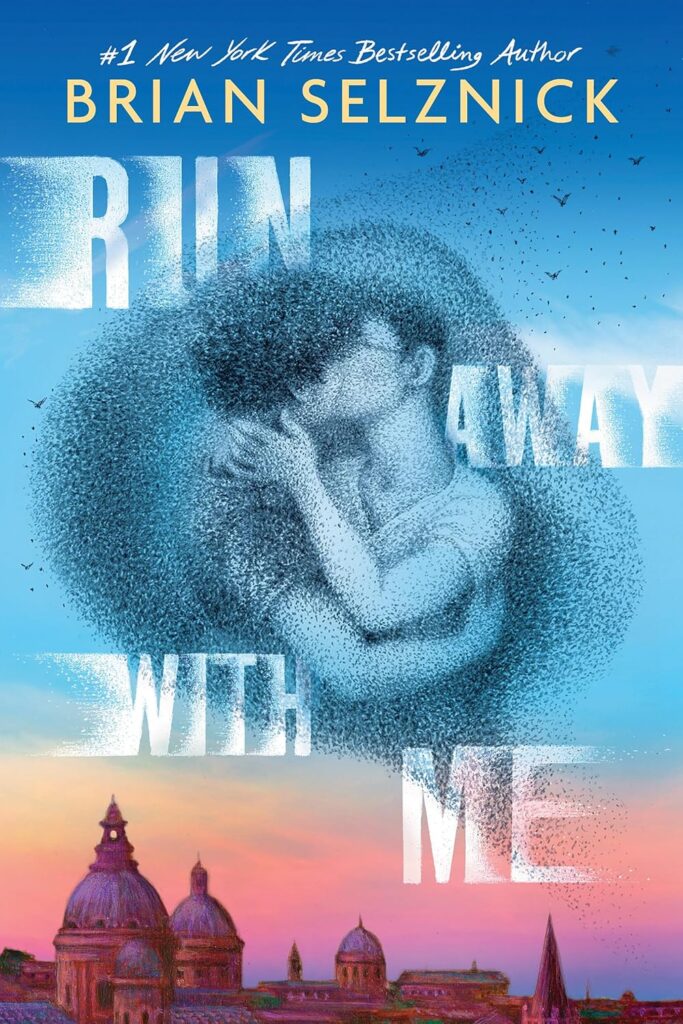
As a creative, who or what would you say are some of your greatest artistic and creative influences and/or sources of inspiration in general?
Besides Maurice Sendak, my greatest influence is Remy Charlip who made Fortunately and Thirteen. I met him while I was working on Hugo and he actually ended up positing as Melies. I learned alot about page turns and telling stories with drawings from him. Ray Bradbury’s books were also hugely inspirational for me, especially The Martian Chronicles and Dandelion Wine. I love how he uses language and I find that my rhythms often mimic the way I remember his words sounding. Another big inspiration is the work of Edward Gorey.
Aside from your work, what are some things you would want readers to know about you?
I used to work as a professional puppeteer and I once wrote a new story for a version of the Nutcracker at the Joffrey Balley choreographed by Christopher Wheeldon. My husband and I also love collecting things. We have collections of glass eyes, travel snow globes, Empire State Buildings, sculptures of birds, seashells, dice, magic tricks, clocks, records and many other things.
What’s a question you haven’t been asked yet but that you wish you were asked (as well as the answer to that question)?
Have you ever made a book specifically for adults? Oh thanks for asking yes I have. It’s called Live Oak, With Moss. It was inspired by a story Maurice Sendak first told me about the poet Walt Whitman who once wrote a sequence of sixteen poems about a love affair with another man. For whatever reason, Whitman never published the poems as he wrote them. Instead he cut them up, rearranged them, and hid them in his book Leaves of Grass. They remained undetected until the 1950’s when an archivist named Fredson Bowers found one of Whitman’s notebooks in an archive. He was able to extract the poems and piece them back together the way Whitman had originally intended them to be read. I loved the idea that the poems had essentially been hidden, and then came out of the closet years later. I first made a toy theater puppet show about this story, then I turned it into the book with a friend of mine, Karen Karbiener, who is an important Whitman scholar.
What advice might you have to give for aspiring creatives out there?
Be curious. I realized a while ago that curiosity is really what drives me when I’m working. I find something I love, whether it’s a city, a person, a moment in history, or an odd fact, and I then do a deep dive into any research related to the topic. It’s often in doing the research that my narratives begin to open up. Read as much as you can, and reach out to experts and ask for help. I have also found that the more obscure the topic, the more willing an expert on that topic will be to speak about it. I often just send people emails out of the blue and ask for a small amount of their time to discuss the thing they know about that I want to know more about. I consider myself a kind of eternal student and I love the unexpected places it’s taken me.
Are there any other projects you are working on and at liberty to speak about?
I’m writing another Queer Young Adult love story because I loved making Run Away With Me. I also am working on a few theater and film adaptations of some of my earlier books.
Finally, what books/authors (LGBTQ+ or otherwise) would you recommend to the readers of Geeks OUT?
My editor David Levithan has been making some of the best Queer Young Adult books for over twenty years. If you haven’t read his book Boy Meets Boy or Every Day, I’d start with those. I just read Maurice by E.M. Forster for the first time and it’s stunning (the movie may be even better). The Amazing Adventures of Kavalier and Clay by Michael Chabon is one of my favorite books of all time. There’s a beautiful Queer love story woven into the narrative and part of it takes place in the ruins of the 1939 World’s Fair. It’s heaven. Every few years I like to reread Orlando by Virginia Woolf which was inspired by Woolf’s love for Vita Sackville-West (also a brilliant writer). Sackville-West’s own son has called the book “the longest and most charming love letter in literature.” And the movie by Sally Potter is as good as the book (it was Tilda Swinton’s screen debut!).

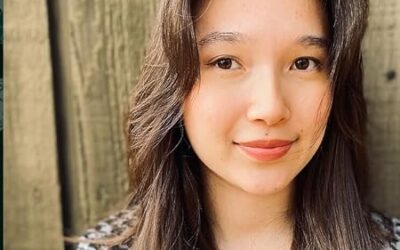

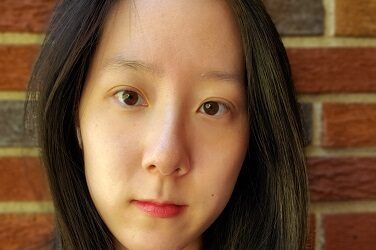

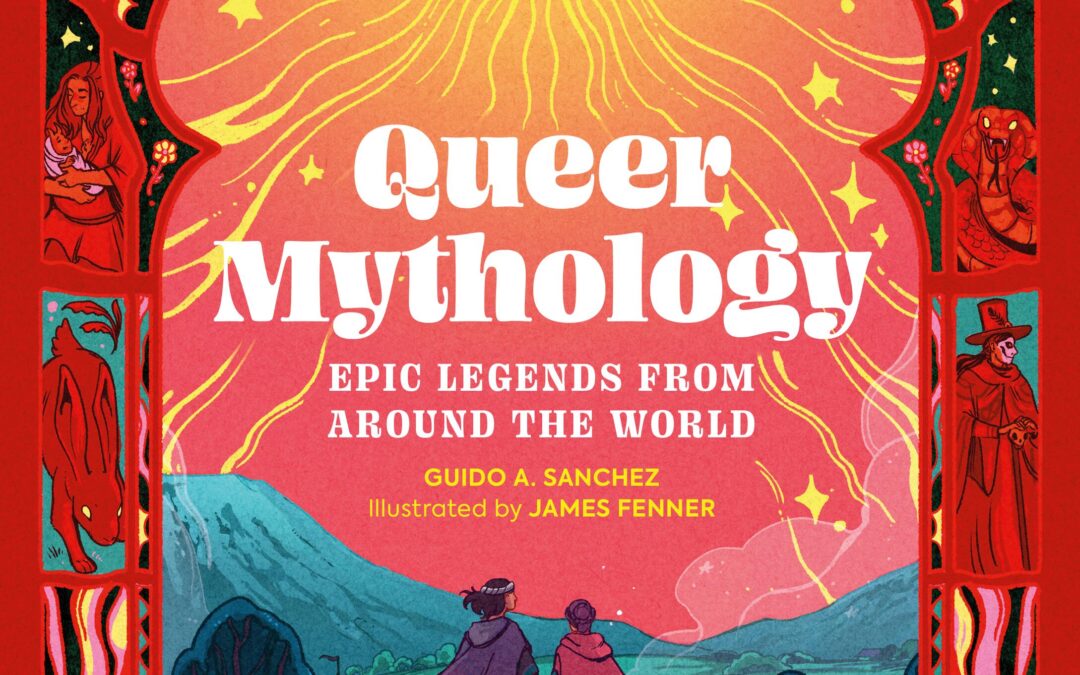
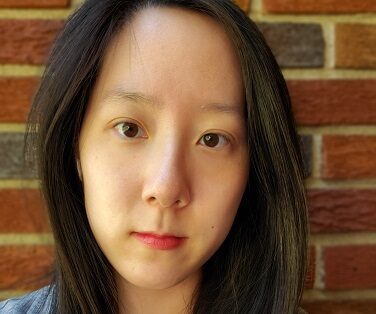
0 Comments